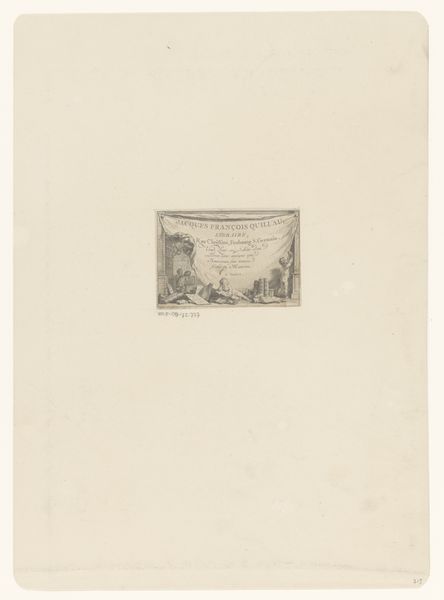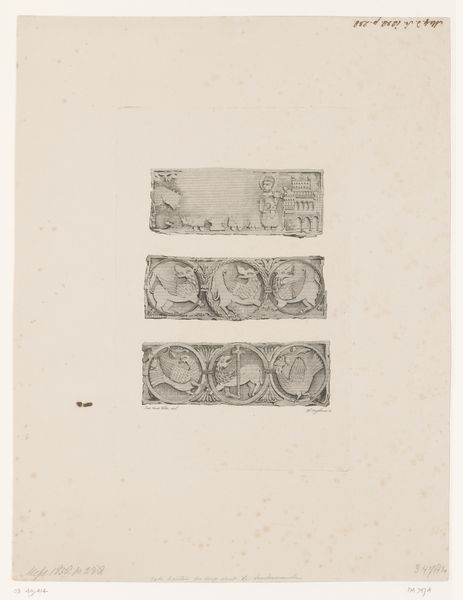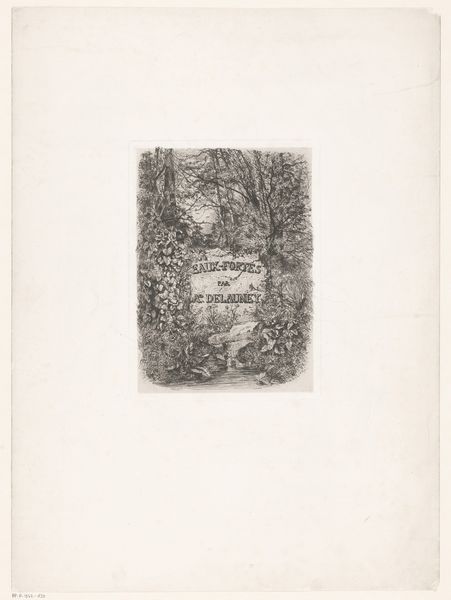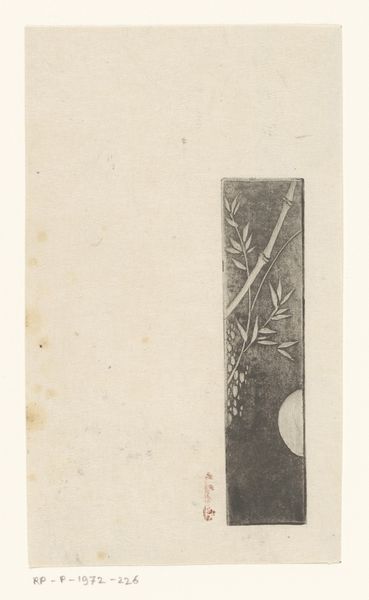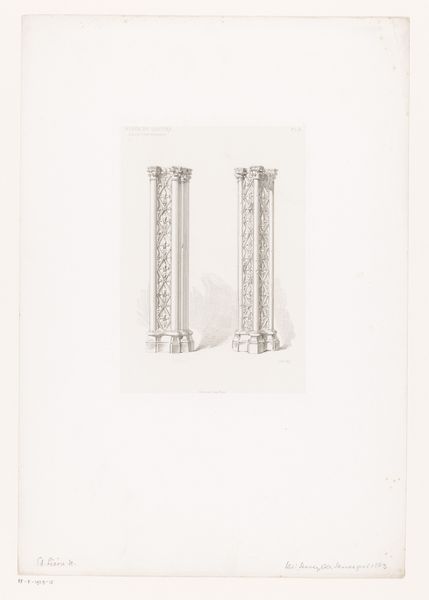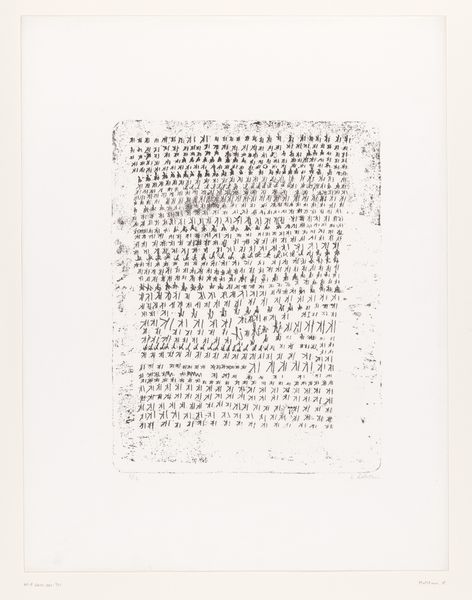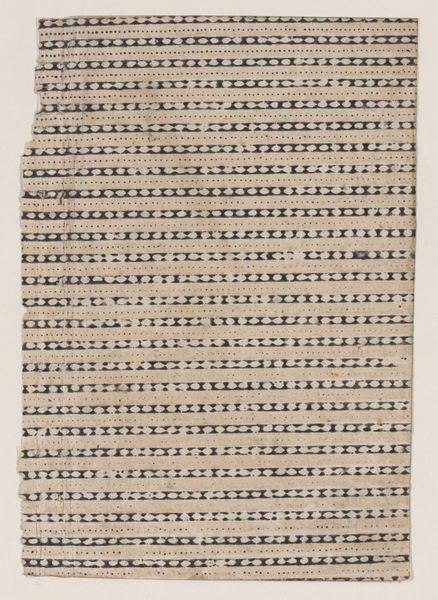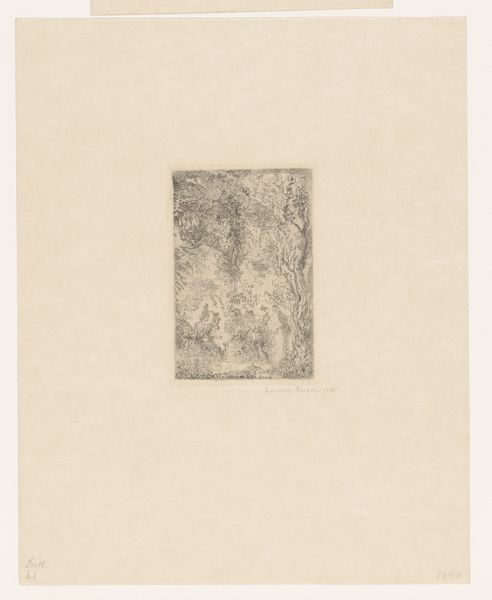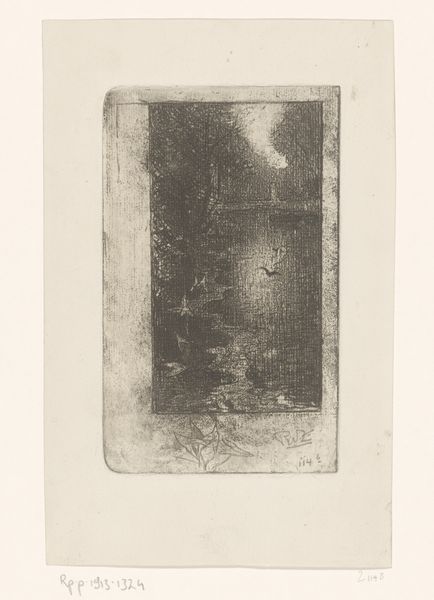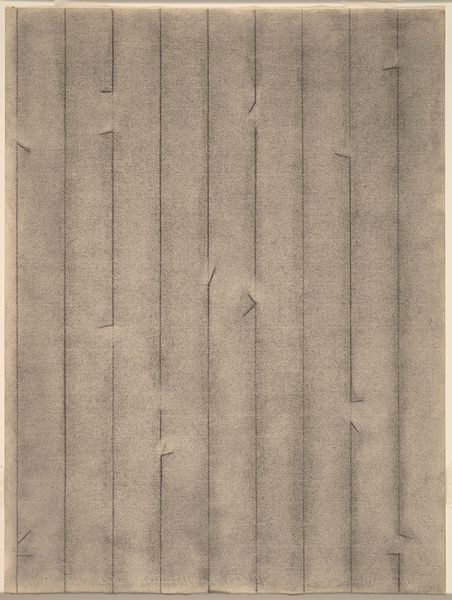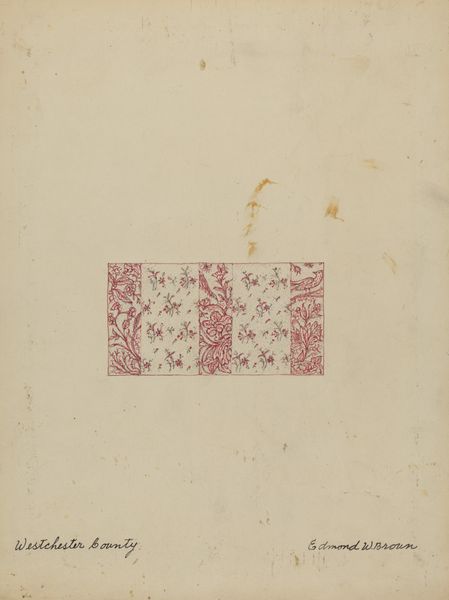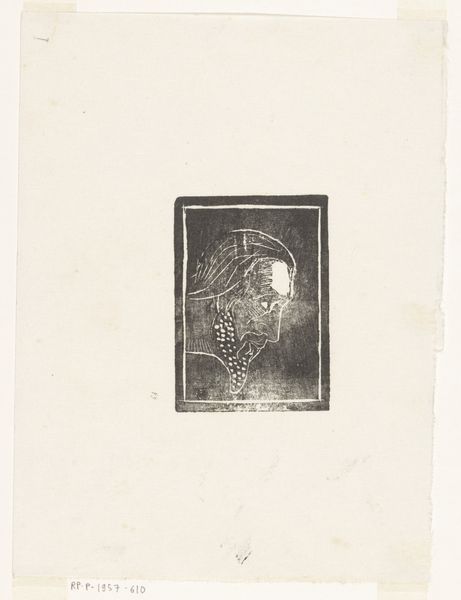
drawing, print, metal, engraving
#
drawing
# print
#
metal
#
figuration
#
academic-art
#
engraving
Dimensions: height 167 mm, width 123 mm
Copyright: Rijks Museum: Open Domain
Jean Théodore Joseph Linnig made this print of decorated barriers, using etching, a printmaking technique that dates back to the Middle Ages. It's a fairly straightforward process, yet requires significant skill. The artist would have coated a metal plate, likely copper or zinc, with a waxy, acid-resistant substance known as the ground. Then, using a pointed tool, he scratched through the ground to expose the metal. The plate was then immersed in acid, which bit into the exposed lines, creating grooves. After removing the ground, ink was applied to the plate, filling the etched lines. Finally, the plate was pressed onto paper, transferring the ink and creating the print. The linear quality of the print, so reminiscent of drawing, is typical of the etching process. This way of working is very different than other forms of printmaking, such as woodcut. Linnig employed an established method to document and disseminate images of vernacular crafts, emphasizing their visual qualities and cultural value.
Comments
No comments
Be the first to comment and join the conversation on the ultimate creative platform.
